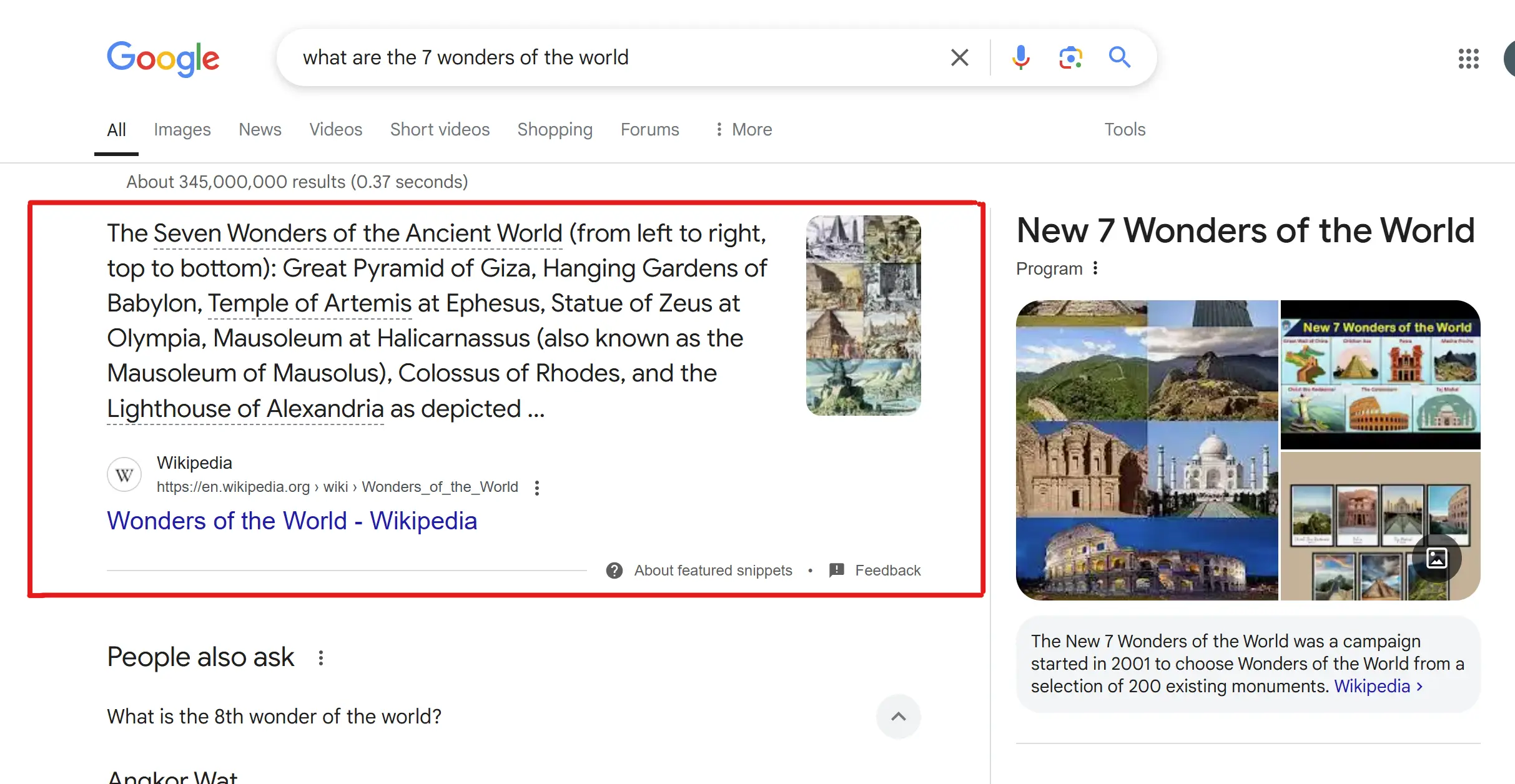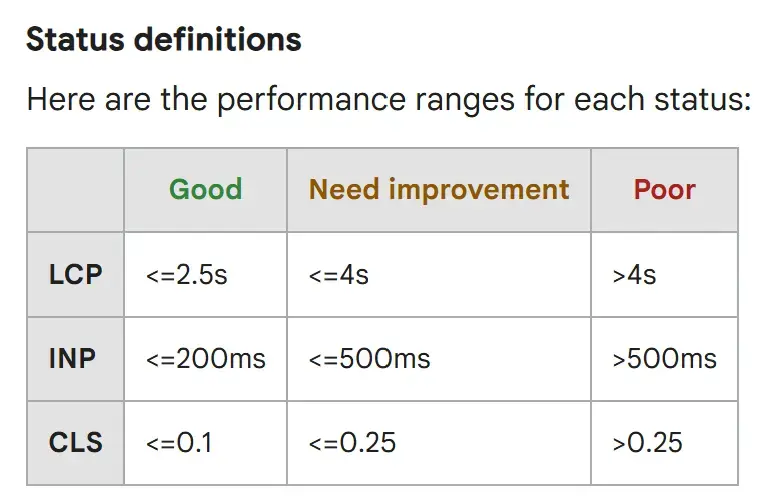How to Implement Hreflang Tags for Multilingual SEO
Introduction to Hreflang and Its Purpose
Hreflang is the unsung hero of multilingual SEO—a protocol that whispers to search engines, “This page is meant for users in this language and region.” For websites catering to diverse linguistic audiences, implementing hreflang is not just a best practice—it’s a necessity. Without it, users may land on a version of your site they neither understand nor intended to visit. That’s bad for user experience and worse for conversions.
Understanding How Hreflang Works
Hreflang operates like a matchmaking service between web pages and users' language preferences. It enables search engines to deliver content in the correct language or regional variation. When a browser request is made, the search engine references hreflang annotations to determine the most relevant URL variant to serve.
To the user, it appears seamless—they get content in their preferred tongue. To Google, it’s a signal in the HTML or HTTP header that clarifies language and geographical intent. Behind the scenes, it's an elaborate mechanism of code and cross-referencing, invisible yet indispensable.
When Should You Use Hreflang Tags?
Deploy hreflang tags when you have:
Multiple language versions of the same content (e.g., English, French, German)
Country-specific variants (e.g., US English vs. UK English)
A global site architecture designed to serve different regions with localized content
Failing to implement hreflang in these scenarios risks the wrong page ranking in search results, which dilutes your SEO equity and alienates your audience.
Different Methods to Implement Hreflang
Hreflang tags can be implemented through three primary mechanisms, each suited to different contexts:
HTML Link Element in the
<head>: Ideal for most HTML-based content, inserted directly into the page's head section.HTTP Headers: Used for non-HTML files such as PDFs or documents served via CDN.
XML Sitemaps: The preferred method for large-scale websites with dynamic content, as it reduces overhead on individual pages.
Each method has its nuances, and understanding them is pivotal for execution.
Anatomy of a Hreflang Tag
At its core, a hreflang tag is simple, yet precision is paramount:
<link rel="alternate" hreflang="en-gb" href="https://example.com/uk/" />
Here’s the breakdown:
rel="alternate"signals an alternative version.hreflang="en-gb"denotes language and region (British English).href="..."specifies the target URL.
Language codes must adhere to ISO 639-1 standards, while region codes follow ISO 3166-1 Alpha 2 format. Mistakes in these codes lead to misinterpretation or outright ignorance by search engines.
Implementing Hreflang in HTML Head
To implement in HTML, insert the tags into the <head> of each language variant. Each page must reference itself and every other variant in a fully reciprocal fashion.
Example for a UK English page:
<link rel="alternate" hreflang="en-gb" href="https://example.com/uk/" /> <link rel="alternate" hreflang="en-us" href="https://example.com/us/" /> <link rel="alternate" hreflang="x-default" href="https://example.com/" />
Maintain symmetry. If page A references page B, page B must reference page A. Omissions break the hreflang loop.
Implementing Hreflang via HTTP Headers
For non-HTML resources, add hreflang in the HTTP response header:
Link: <https://example.com/uk/file.pdf>; rel="alternate"; hreflang="en-gb"
This method is ideal for downloadable files, ensuring they too are served to the right audience. Server configuration or CDN rules typically manage this, and care must be taken to preserve accurate MIME types and cache settings.
Implementing Hreflang via XML Sitemap
In large-scale environments, XML sitemaps offer the most scalable solution. Each URL entry includes alternates with hreflang annotations:
<url> <loc>https://example.com/us/</loc> <xhtml:link rel="alternate" hreflang="en-us" href="https://example.com/us/" /> <xhtml:link rel="alternate" hreflang="en-gb" href="https://example.com/uk/" /> <xhtml:link rel="alternate" hreflang="x-default" href="https://example.com/" /> </url>
The sitemap must declare the XHTML namespace and follow strict XML formatting rules. For dynamically generated content, automate sitemap generation via your CMS or deployment pipeline.
Common Hreflang Mistakes and How to Avoid Them
Many hreflang implementations are riddled with errors:
Missing Return Tags: If page A references B, B must reference A.
Incorrect Codes: "en-UK" is invalid. It should be "en-GB".
Mixing Canonical and Hreflang: Canonical tags pointing to a single source across variants can neutralize hreflang directives.
Each misstep can nullify the entire setup. Vigilance is non-negotiable.
How to Test and Validate Your Hreflang Implementation
Validation tools are crucial. Use Google Search Console’s International Targeting report to identify missing tags or errors. For more granular auditing, use tools like Screaming Frog, Sitebulb, or Merkle's hreflang tag tester.
Check for:
Bidirectional linking
Proper language-region pairs
Correct tag placement
Rigorous testing prevents months of SEO inertia caused by silent hreflang failures.
Impact of Hreflang on Crawl Budget and Indexing
Deploying hreflang responsibly ensures that search engines allocate crawl budget efficiently. Duplicate content without hreflang may trigger redundant crawling or index bloat.
Search engines do not penalize duplicate content when hreflang is used properly—they understand the intention is localization, not manipulation. Nonetheless, limit unnecessary variants to preserve crawl equity.
Hreflang Tags vs. Canonical Tags: What You Need to Know
Hreflang and canonical tags are not adversaries—they coexist, but their roles diverge. Hreflang tells search engines which version to serve by language and region. Canonical points to the definitive source to avoid duplicate indexing.
When using both:
Each language version should canonicalize to itself
Avoid canonicalizing all variants to a single version—that negates the hreflang
Balance is critical.
Advanced Tips for Global SEO Success with Hreflang
To streamline your hreflang strategy:
Use dynamic hreflang generation via templating engines or middleware
Leverage CMS plugins that support multi-language SEO, such as WPML or Polylang for WordPress
Maintain a centralized language-to-URL mapping to avoid orphaned versions
Revalidate hreflang entries after every major content update or site migration
Precision, scale, and adaptability form the trifecta of international SEO mastery.
Conclusion
Proper hreflang implementation is not merely a technical fix—it’s a strategic imperative. In a world where digital content crosses borders with a click, ensuring users land on the version meant for them is foundational to global SEO success.

